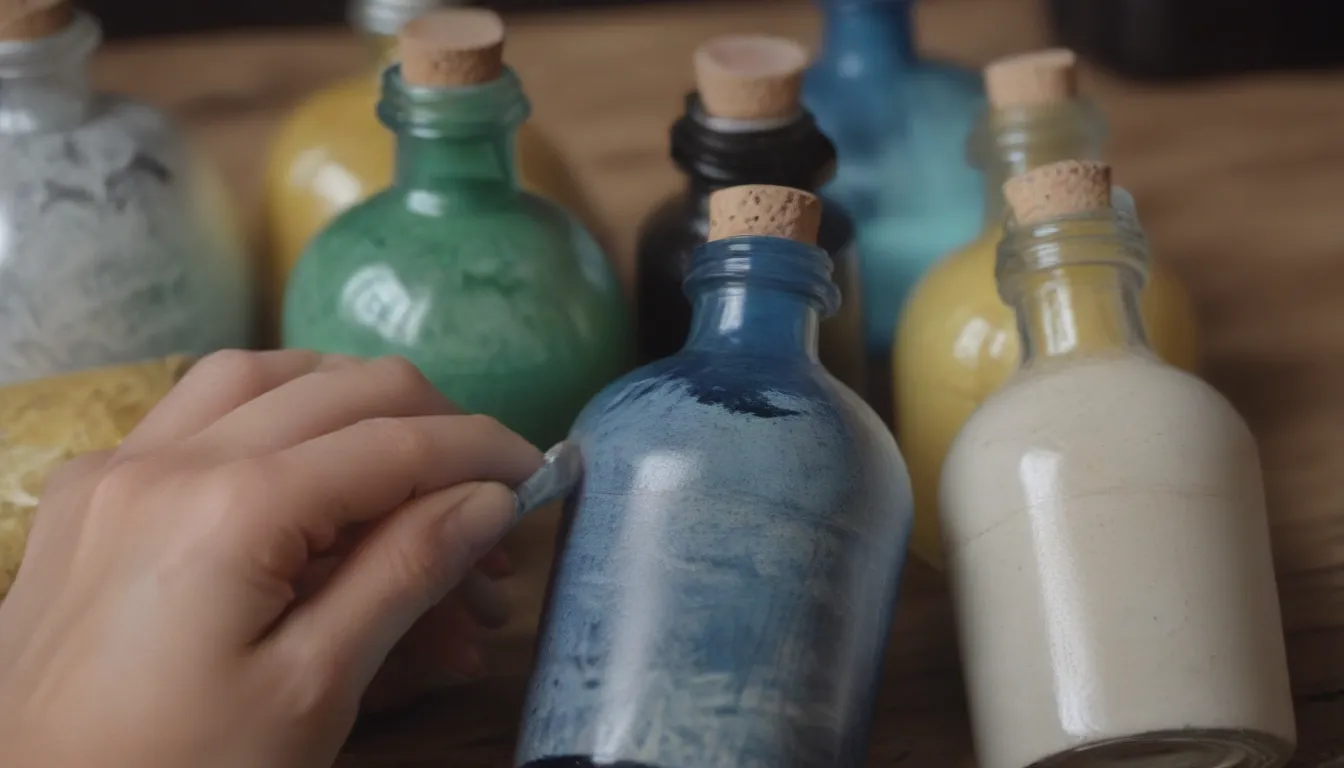Understanding the Difference Between Mineral Spirits and Paint Thinner

When it comes to painting, staining, or cleaning up oil-based products, mineral spirits and paint thinners play a crucial role. While water-based latex paints have gained popularity, there are still instances where oil-based products are preferred for their unique qualities. But what exactly is the difference between mineral spirits and paint thinner, and which one should you choose for your project?
What is Mineral Spirits?
Mineral spirits are made from 100-percent petroleum distillates with no additives. This clear and clean solvent is primarily used for thinning oil-based paint, as well as for cleaning stains, varnishes, and oil spills. It is important to note that mineral spirits should never be mixed with water-based paints, as it is specifically designed for oil-based products.
Benefits of Mineral Spirits:
– Effective with oil-based products
– Inexpensive
– Clear and low odor
– Not ideal for asphalt products
– Flammable
What is Paint Thinner?
Paint thinner, on the other hand, can be a blend of mineral spirits with additives such as trimethyl benzene (benzene). Sometimes, paint thinner may also be pure mineral spirits with no additional ingredients. The term “paint thinner” refers to any product that is used to thin paint, including citrus-based products, turpentine, or even water for water-based paints.
Key Points about Paint Thinner:
– Can be a blend of different solvents
– Can include additives for improved solvency and aroma
– Generally less expensive than pure mineral spirits
Mineral Spirits vs. Paint Thinner
- Mineral Spirits:
- Derived from minerals, specifically petroleum
- 100-percent mineral spirits with no additives
- Typically more expensive
- Paint Thinner:
- Can be a blend of various solvents
- May contain additives for better performance
- Generally more affordable than pure mineral spirits
Composition and Odor
Mineral spirits are derived from petroleum, making them clear, non-sticky, and relatively odor-free. On the other hand, paint thinners may contain added benzene, which gives them a more noticeable smell similar to camping lantern oil or kerosene. Pure mineral spirits are preferred for indoor use due to their lower odor levels.
Safety Considerations
Both pure mineral spirits and paint thinners are considered toxic and should be handled with care. The Environmental Protection Agency (EPA) labels both products as hazardous waste, with benzene being a potentially harmful compound. It is essential to work in a well-ventilated area when using these solvents to avoid inhaling harmful chemicals.
Cost Comparison
Pure mineral spirits typically cost more than blended paint thinners, with a price difference of around 40-50%. For large commercial projects, this cost variance may be significant, but for most residential users, the price discrepancy should not be a major concern.
Common Uses and Recommendations
Both mineral spirits and paint thinners can be used interchangeably for most residential projects involving oil-based products. While pure mineral spirits are more expensive and have a lower odor, blended paint thinners are a cost-effective alternative. It is essential to choose the solvent that best fits your specific needs and budget.
Useful Tips:
– Use pure mineral spirits for indoor projects due to lower odor levels.
– Ensure proper ventilation when working with these solvents.
– Avoid mixing mineral spirits or paint thinners with water-based paints.
By understanding the differences between mineral spirits and paint thinners, you can make an informed decision on which solvent to use for your next painting or staining project. Remember to prioritize safety and choose the option that best suits your requirements. Happy painting!
Sources:
– Facts About Benzene. Centers for Disease Control and Prevention.
– Material Safety Data Sheet: Paint Thinner. West Liberty University Health and Safety.





